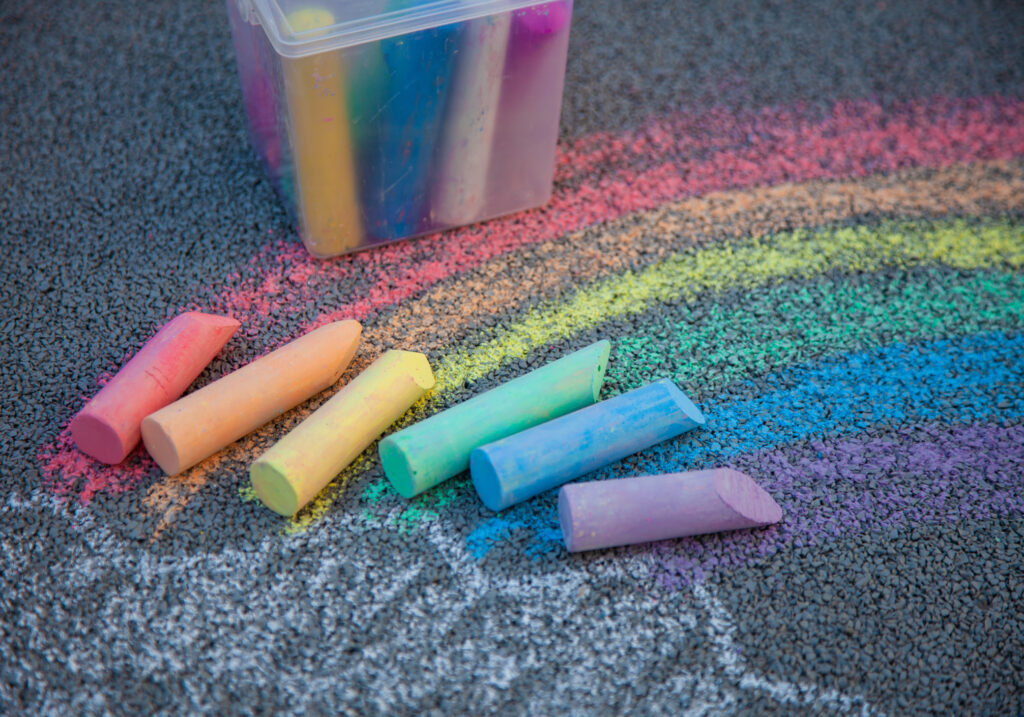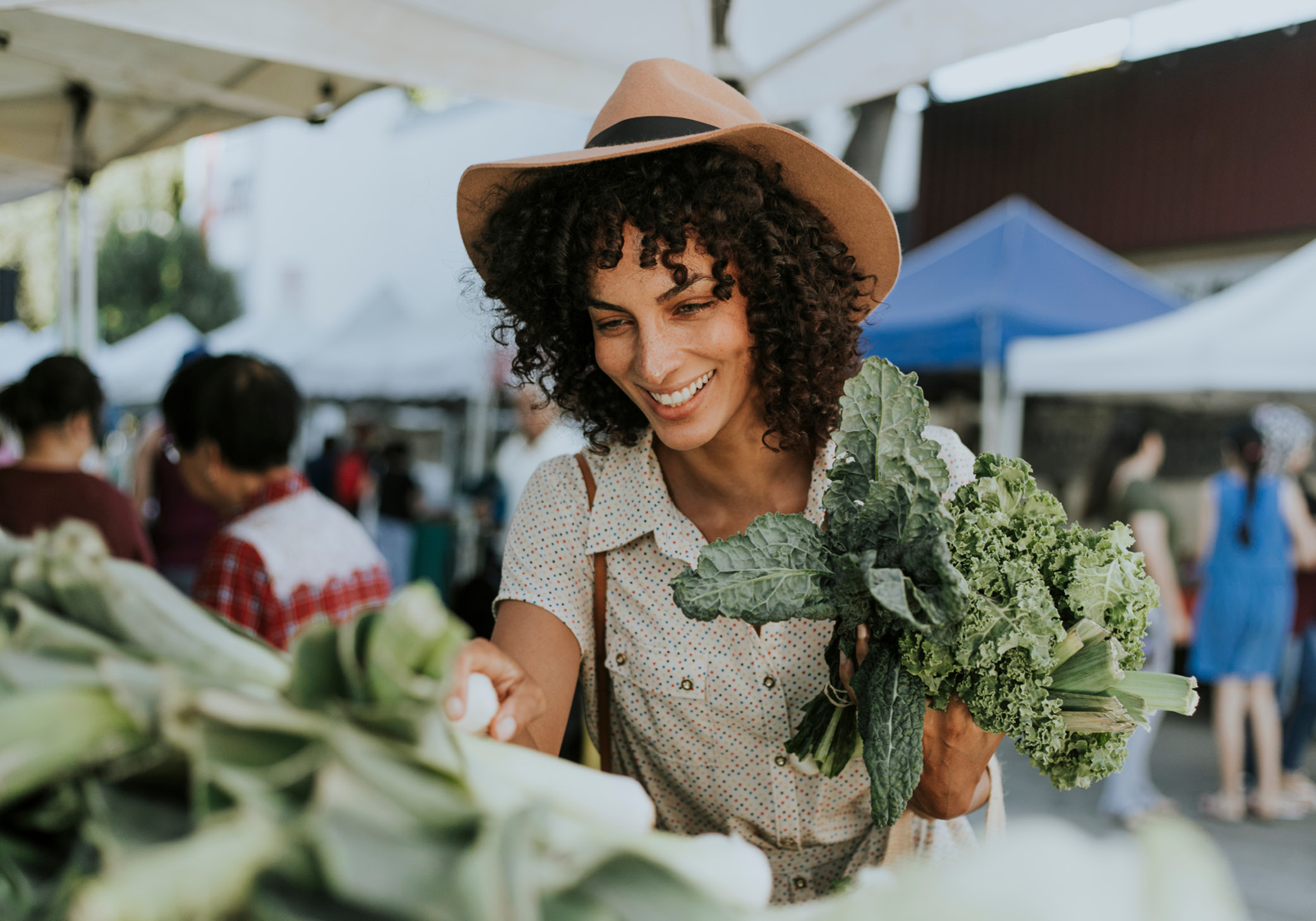The Minimalism Lifestyle movement has gained worldwide attention, not just as a way to declutter but as a way to live more mindfully. In the home, it’s about addressing our tendencies to overconsume and to refocus ourselves toward more deliberate living. This doesn’t mean that you have to live in a spartan home and never find joy in a purchase. Instead, it is about understanding how your choices as a consumer can create a more sustainable and balanced world. From the clothing you buy to the food you eat, we are offering suggestions on how adopting the minimalism lifestyle can help you go “green.”
Shop for Clothing with Intention
Have you ever purchased clothing on impulse even though it didn’t really fit or feel comfortable once you got it home or it arrived via FedEx? Do you have wardrobe pieces that are hiding in the back of your closet with the tags still on them? You aren’t alone. Fast fashion grabs your attention. Marketing makes you feel as though you have to have it, and after a week of working hard, you may feel like you deserve the treat. The Minimalism Lifestyle movement isn’t about never shopping again. It isn’t even about pairing your clothing collection down to the classic ten pieces that rely heavily on neutrals and black. Instead, Minimalism is about intentionality and refocusing your shopping habits to lean more heavily on buying quality pieces that you will love and wear for years.
Fast fashion is notorious for its negative impact on the environment where the clothing is dyed and manufactured in mass quantities. The desire for cheap jeans and t-shirts drives a machine overseas that is often dependent on exploitative labor practices, dye processes that lead to toxic run-off into local streams and lakes, and manufacturing that relies on intense energy usage. Those clothes are then shipped to stores worldwide, where there is enormous pressure to stock with the latest, newest things. Where clothing used to be seasonal, fast fashion is creating 52 “seasons” a year. Of course, mass-produced clothing also falls apart faster, requiring you to buy more, while the used clothing is sent to landfills.
There are designers and retailers who are taking a new look at the “waste loop” in the fashion industry. Martha Stewart Living was impressed by Eileen Fisher’s efforts to combat it. The Magazine explains the project: “Their Renew program has been helping to close the waste loop in the fashion industry by taking back any unwanted Eileen Fisher items in exchange for a shopping discount. Collected garments are then repaired and upcycled into new items or recycled into new raw materials.” They’ve also started focusing on water and energy usage in their dye-houses, and “the company is looking for even more ways to bring sustainable practices into the spotlight, like switching over to all-organic linens, humanely-harvested wool, and recycled polyester.”
An intention-filled response to fast fashion means that you are dedicating yourself to a lifestyle of buying only things that you truly need and are quality products. When you do, you’ll find that your closet is filled with things that you love, fit, and will stand the test of time. And you’ll be doing the environment (and your wallet) a huge favor.
 Rethink Toys
Rethink Toys
Children and their parents are exposed to a seemingly endless barrage of toy and game marketing. We often feel pressured to buy more because we want our children to be happy. Approaching toy shopping mindfully can be incredibly beneficial to your child and the environment. In fact, as Parents revealed, “numerous studies have shown that depending on toy type and quality, having fewer overall [toys] can lead to more creative, imaginative play.”
How do you start on a minimalist, green path for toys? Begin by focusing on toys that spark the imagination and skip the ones made from plastic as a lifestyle choice for going forward. According to the experts at Parents: “[Plastic toys] are shiny and inexpensive, nearly impossible to recycle, and get tossed away faster than items made out of, say, wood, which are more long-lasting and easier to pass on.” From there, try your local buy/sell groups to re-use toys that older neighborhood children have grown out of rather than buying new.
Repair Before You Buy
Patagonia has long been known for focusing on sustainable, eco-friendly options when it comes to sourcing for its clothing brand. They utilize organic cotton, hemp, and recycled materials, including wool and nylon. But did you know that your much-loved Patagonia wear can now be repaired for free? It’s true! Rather than tossing your old Patagonia gear, Martha Stewart Living reports that “the brand … offers free repairs to further help fight the amount of textile waste heading to landfills.”
At some point, it seemed cheaper or more convenient to throw away everything from electronic toys to iPhones as soon as a problem presented itself. However, all it takes is one quick YouTube search to discover detailed instructions about how to repair nearly everything in your home. So, before you toss out that vacuum cleaner, check to see if you need to buy a new belt or unclog the canister accessway. Admittedly, it’s not quite that easy to resurrect a cracked iPhone. The good news is that businesses are popping up in cities across the country that can replace your screen in just a few hours. While there is some cost to that, it is a lot less expensive (and requires fewer resources) than buying a new phone.
If you really can’t repair something, there are “green” ways to dispose of them. Martha Stewart Living applauds Best Buy’s highly successful e-waste initiative. According to the Magazine, “[since] 2009, their unmatched recycling program has helped consumers responsibly dispose of more than 1.5 billion pounds of electronics and appliances (they’ll take back all your tech gadgets regardless of brand or condition)….”
 Upcycle, Upcycle, Upcycle!
Upcycle, Upcycle, Upcycle!
If you have already gone through the minimalism process of gathering the household items, clothing, toys, and furniture that you don’t use (or “doesn’t spark joy,” per the amazing Marie Kondo), take another look to see if any of it can be upcycled to meet your current needs. Now, be careful. Don’t use this as an excuse not to rid your home of excess. However, if you love DIY, this could be a great way to turn something you aren’t using into something that serves a much-needed purpose and reduce.
Real Simple is a huge fan of upcycling as part of a minimalism lifestyle, and many of their projects take no more than a couple of hours to complete. For example, do you need a dry-erase board in the kitchen? Their editors love the idea of “[framing] a pretty piece of fabric or paper, then [writing] temporary to-dos on the glass with a dry-erase marker.”
Do you have any earrings in your jewelry box that have lost their mate? Real Simple loves reader Bailey Mulholland’s idea of using the single earring stud as pretty pushpins for your office bulletin board.
The editors at Martha Stewart Living are fans of upcycling worn rugs as tote bags, throw pillow covers, and even the cover for pet furniture. Empty candle jars can be vases, ladders can be transformed into nightstands, and even old canoes can find new life as a surprisingly festive buffet table for al fresco meals and celebrations, according to the Magazine.
 Reduce Food Waste
Reduce Food Waste
Adopting a minimalism lifestyle can also mean reducing your food waste and buying locally. Instead of grabbing pre-cut, pre-washed greens and veggies from the supermarket, consider shopping at your local farmers’ markets. Not only will your produce be delightfully fresh, but you’ll lessen the amount of plastic packaging that has to be thrown into the garbage and reduce the fuel costs associated with shipping products to the grocery store. Also, when people buy locally, they tend to shop more mindfully and are more likely to cook with their market finds.
Rachael Ray In Season is a big fan of doing your weekly shops at farmers’ markets. The Magazine offers tips on how to shop like a professional. In addition to ideas like “rather than nibbling mindlessly, use those giveaways to broaden your palate,” the Magazine recommends going in the morning for the freshest produce, but an hour before closing to get the best deals. They also suggest talking to the farmers to find out more about how their crops are grown, including whether they practice sustainable farming, or “how often their blackberries are sprayed.” Of course, the best tip of all from Rachael Ray In Season is that “[buying] and cooking fresh fall produce when it’s in season — like squash, peas, mushrooms, onions, grapes, potatoes and more — is good for the planet, saves you money, and is guaranteed to taste better.”


